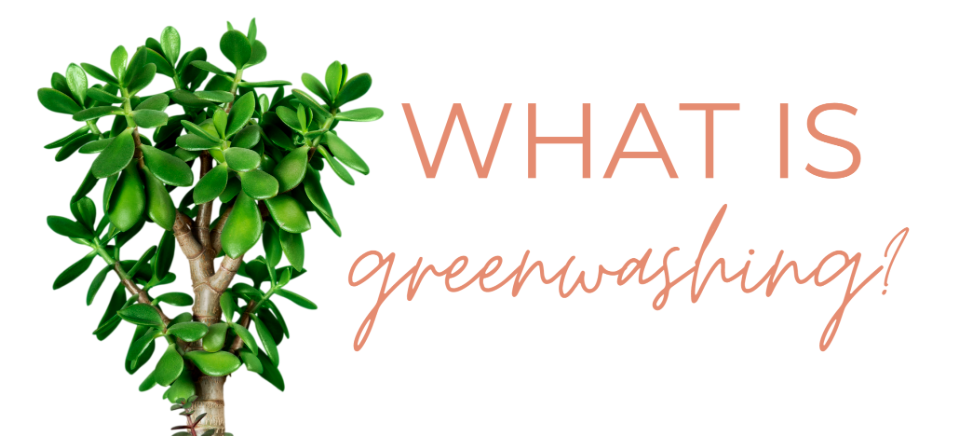
#1 Household Cleaners

The household cleaning industry is largely unregulated and companies aren’t required to include ingredient lists for cleaning products.
Turn over the bottles under your sink. Most have NO listed ingredients.
“In terms of household cleaners, neither ingredients nor products must meet any sort of safety standard, nor is any testing data or notification required before bringing a product to market.” (Sutton, EWG)
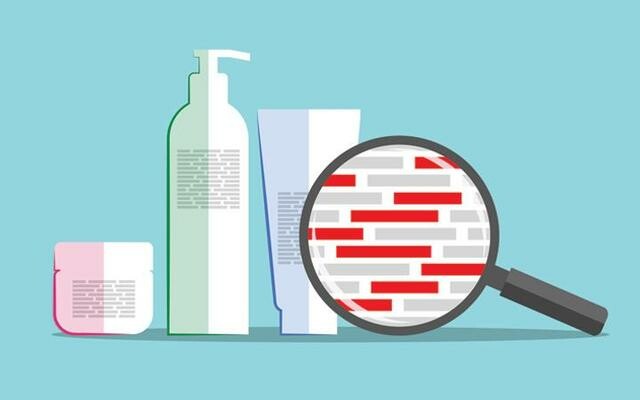
The National Institute of Occupational Safetly & Health studied common ingredients in household products:
884 were TOXIC
314 cause BIOLOGICAL MUTATIONS
218 cause REPRODUCTIVE ISSUES
146 are KNOWN TO CAUSE CANCEROUS TUMORS
These harmful chemicals can also EXACERBATE:
ASTHMA
ALLERGIES
+ RESPIRATORY ILLNESS
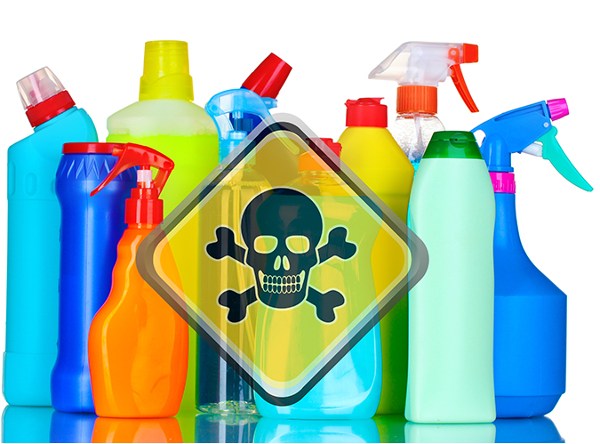
Even some "ORGANIC" cleaners contain KNOWN CARCINOGENS, but are labeled as "green" + "all natural" simply because they are "naturally occurring" substances.
WHAT WE CAN DO....
Choose cleaners from companies dedicated to AVOIDING TOXINS with FULL INGREDIENT DISCLOSURE.
"Young Living has saved me time, worry + risk. We are noticeably healthier since ditching mainstream products." - Erica M, NJ
Bonus Tip: AVOID THE INGREDIENT "FRAGRANCE"
(More on that ingredient loophole below...)
Before you struggle (like I did) to find something safe AND effective (without breaking the budget),
allow me to offer a simple solution that costs $1 per 16oz spray bottle:
allow me to offer a simple solution that costs $1 per 16oz spray bottle:

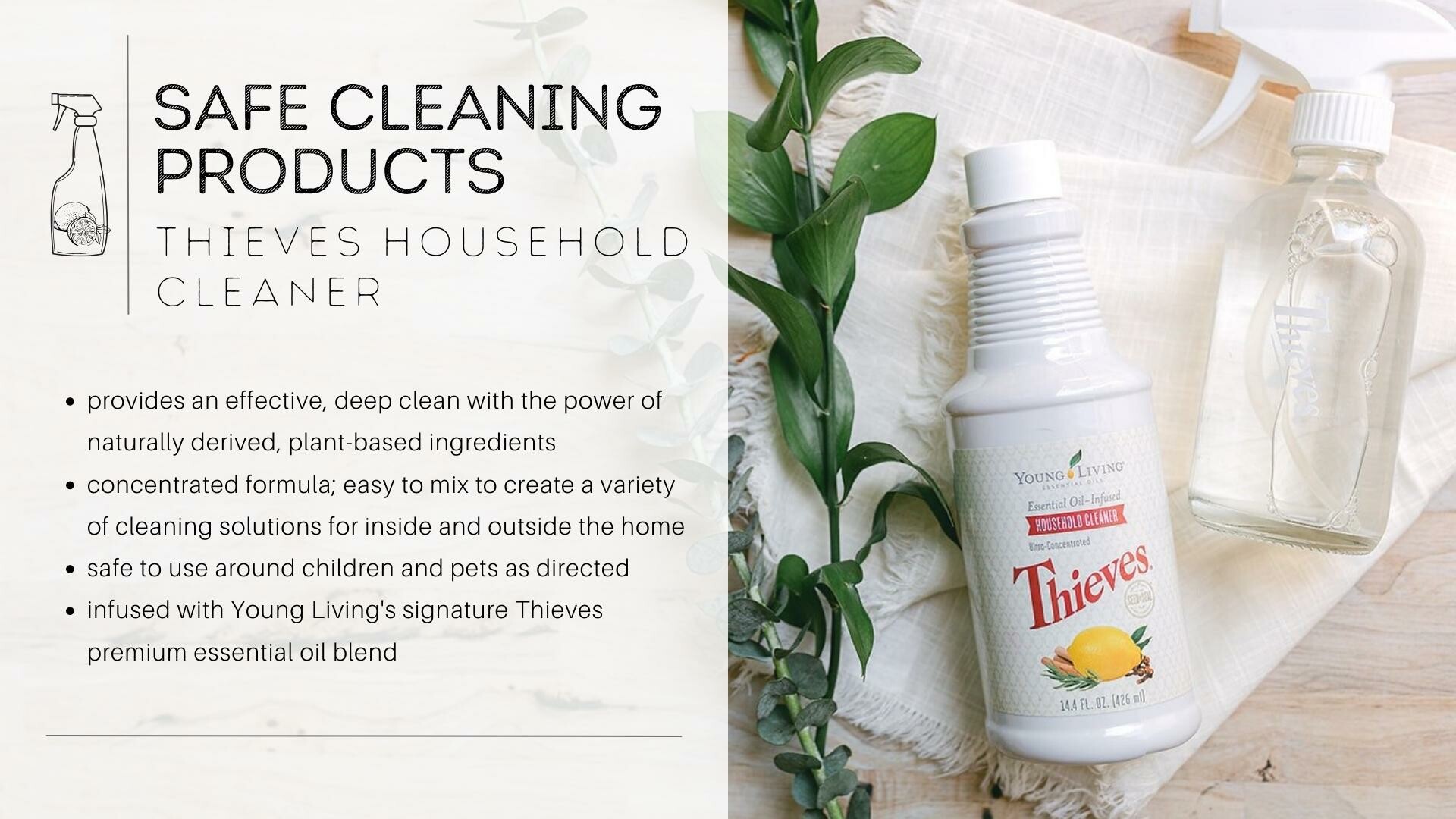
#2 Personal Care Products 

Synthetic Fragrances are an attempt to duplicate the smell of a specific plant from nature.
The FDA does not require fragrance manufacturers to disclose the ingredients of synthetic fragrances, because these formulas are regarded as "proprietary" + are protected under the FDA’s "trade secret" law.
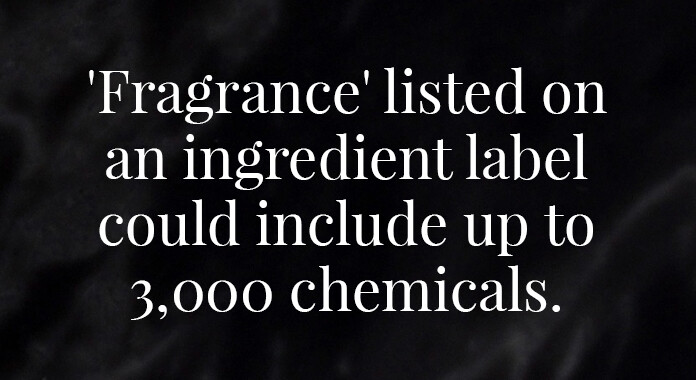
The Institute of Medicine placed fragrance in the same category as second-hand smoke, in triggering asthma in adults and school-age children (FPINVA).
Further studies show that more than 95% of the chemicals used in synthetic fragrances are derived from petrochemicals.
These chemicals include a slew of toxins (many cited on the EPA's hazardous waste list) that are KNOWN to cause:
Cancer
Birth Defects
Endocrine (Hormone) Disruption
Nervous-System Disorders
+
ALLERGIES
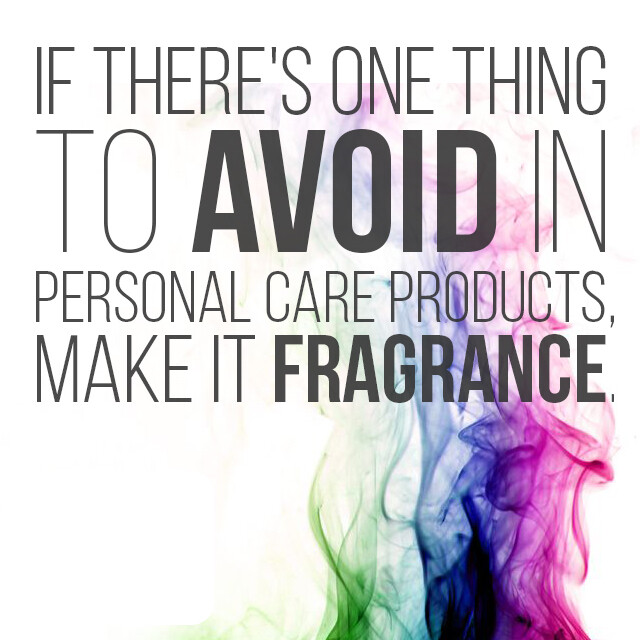
WHAT WE CAN DO....
Check the products in your routine + home for the ingredient: FRAGRANCE
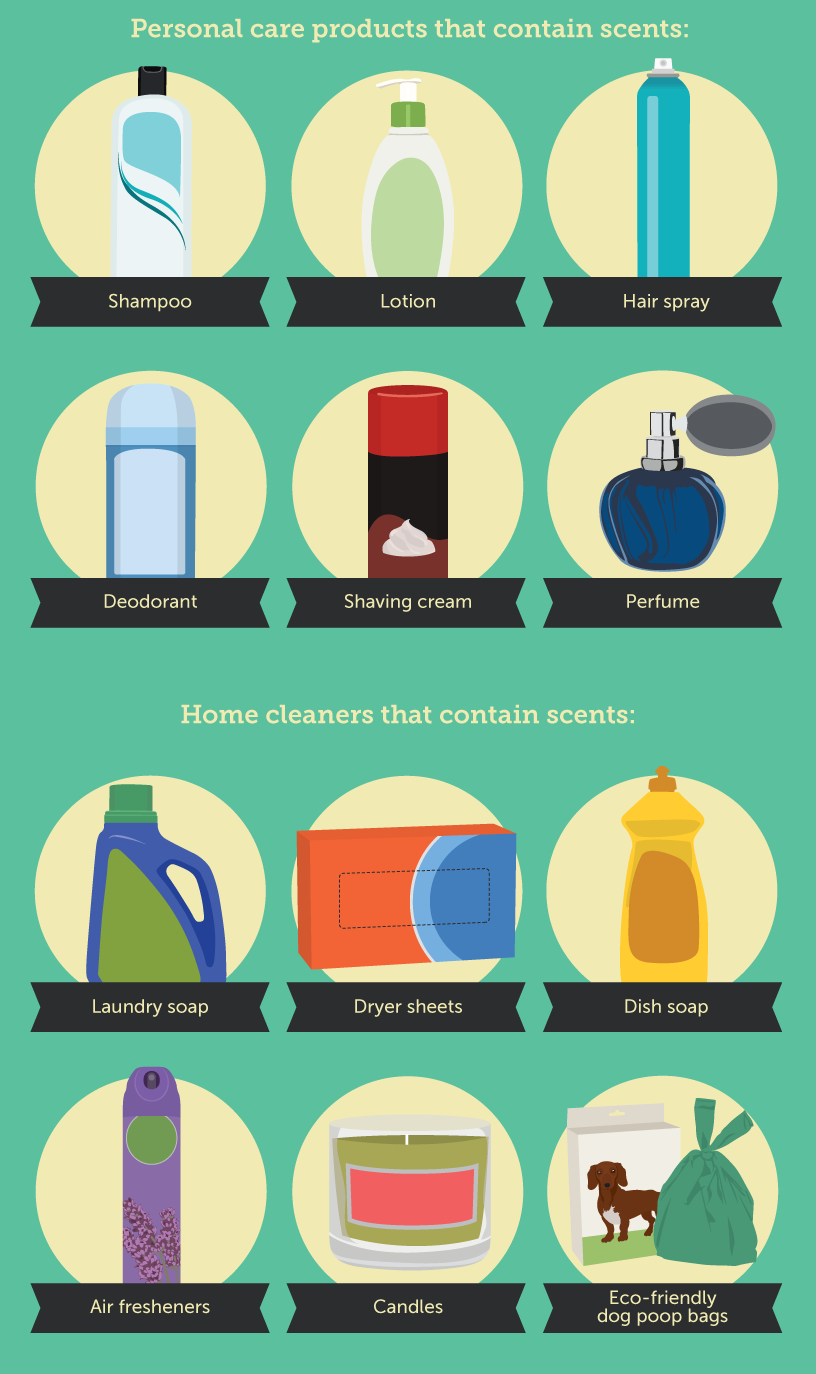
Then what?
You can choose to swap out those products for safe, healthy options from Young Living.
"It once felt daunting trying to avoid "fragrance" (listed in almost every product's ingredient list that I checked), but Young Living is the easy button for avoiding it!" -Erica M, NJ
Instead of a cocktail of chemicals, Young Living avoids toxic ingredients and ONLY uses pure, pesticide-free plant essences in their products... aka: Essential Oils.
Avoiding synthetic fragrance while also supporting body systems? YES, PLEASE!
#3 Oiling for Seasonal Discomforts

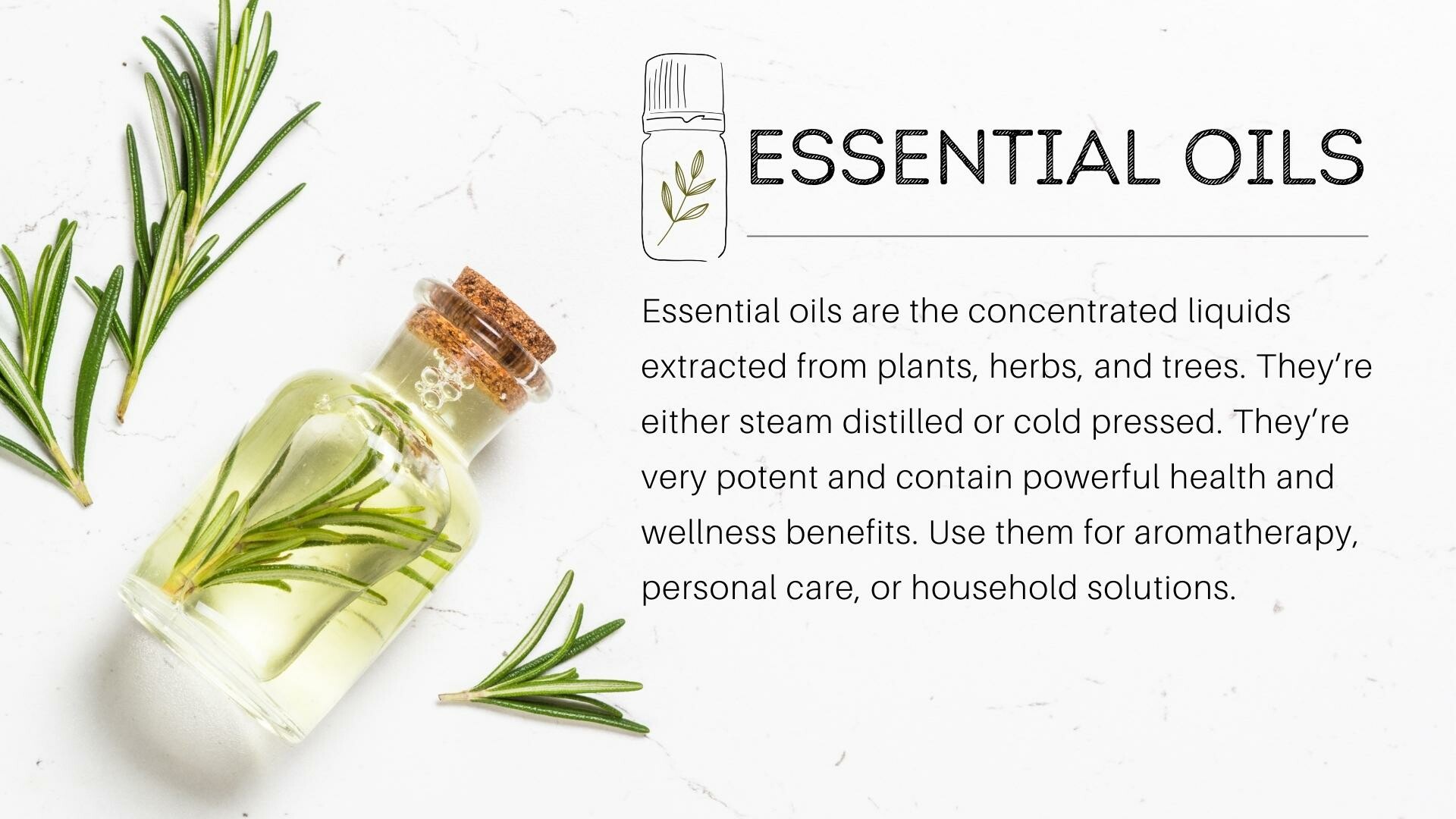
The therapeutic properties of essential oils are well-documented for their ability to bring relief of congestion + histamine responses.
ALLERGY CONCERNS : proteins, peptides + amino acids (which are what induce an allergic response to a plant) are NOT present in miniscule-sized EO molecules, because they are far too large in molecular size to make it through the distillation process.
TOP OIL CHOICES FOR SEASONAL DISCOMFORTS:
LAVENDER : a natural anti-histimine
LEMON : promotes drainage (ears + sinuses)
PEPPERMINT : opens airways, clears sinuses, breaks up congestion
COPAIBA : anti-inflammatory (swollen sinuses)
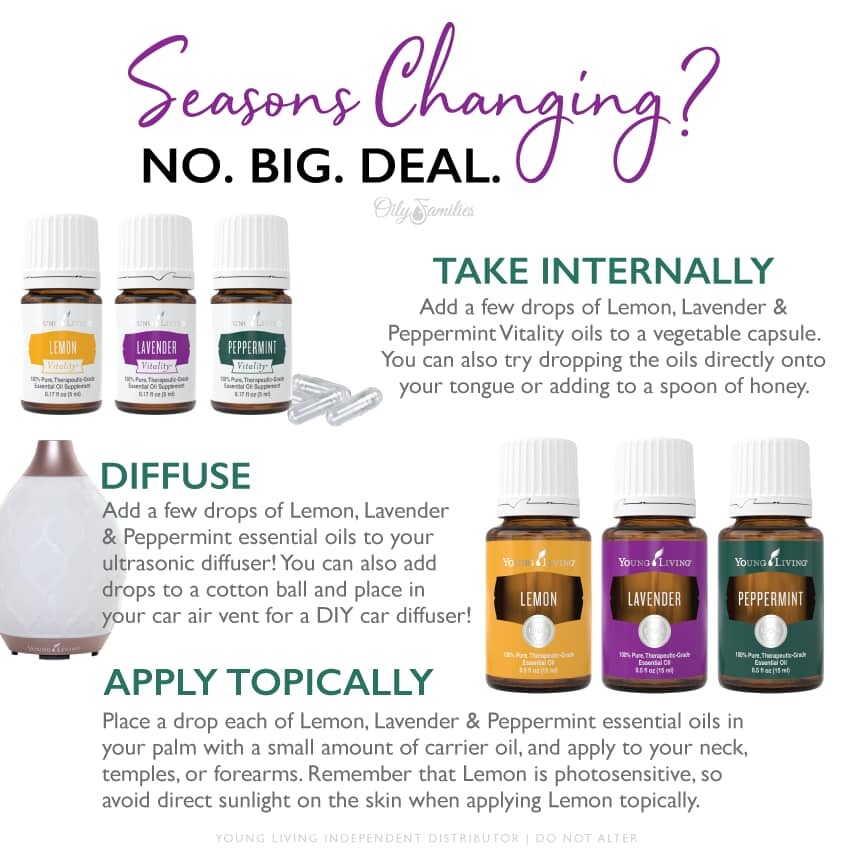
Many oilers not only swear by using Essential Oils to combat high pollen days, but also share similar experiences of not being bothered by their usual season-long discomforts after healing their gut + using the LLPC combo (below) as often as needed... until no longer needed!
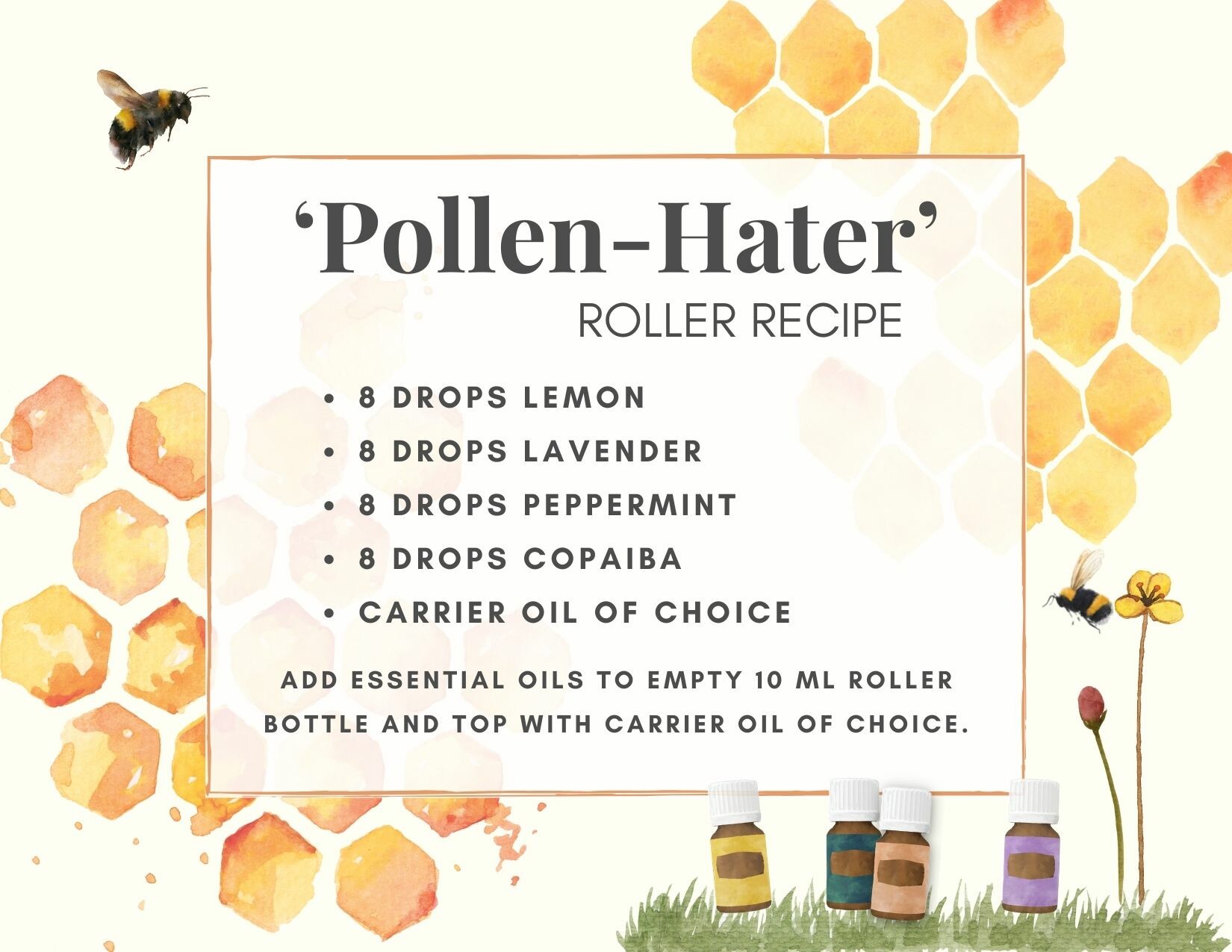
"Before oils, I couldn't live comfortably without quarterly allergy shots... now I only notice mild seasonal symptoms on the first few days of allergy season!" - Erica M, NJ
QUICK TIPS...
Clogged ears? YL's Melrose blend behind the ears + down jawline
Itchy eyes? Lavender applied around eye bones
Scratchy throat? Thieves Cough Drops or 1 drop Thieves in spoon of honey (eat or stir into tea)
Brain fog? Peppermint dripped onto the top of the head
Sinus Pressure? 3 drops Copaiba + 1 drop Rosemary in a Saline nasal spray
Can't swallow capsules? Add a drop of any LLPC oils to a spoonful of local honey instead!
Substitutions: Rosemary or Myrtle for Peppermint. Citrus Fresh or Purification for Lemon.
#4 Support + Repair

Adults with allergies have a different gut microbiome than those without allergies, according to a study of 1,879 adults released by the National Institutes of Health.
This study found that a lack of diversity in the gut microbiota was associated with all types of allergies, especially seasonal (and nut) allergies. Diet, digestive enzymes + probiotics can all be used to repair the gut.
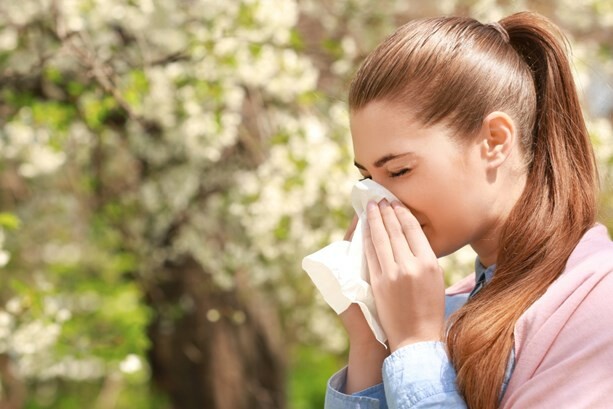
Histamine and Your Gut
You may think histamine is the bad guy, because it is linked to your allergies. It's actually extremely important for mood, stomach acid, blood vessels, and muscle functions. The real problem with histamine is for some people they can be suffering from histamine intolerance.
This means they produce excess histamine and/or have a deficiency in the enzyme that breaks it down.
Foods rich in histidine are protein-rich foods such as: meat, dairy, legumes, fish, nuts, seeds, eggs + whole grains. The more histidine you consume, the higher the amount of histamine you can produce. Histamine can be then be absorbed and taken around the body, exacerbating allergic symptoms.
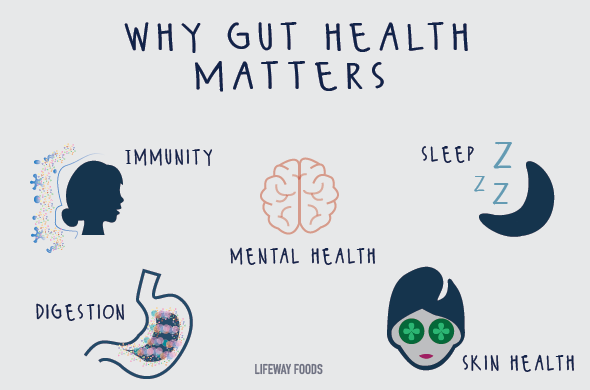
What you eat supports the microbiome in your belly. So, keeping that gut flora healthy can help your immune system better handle allergens.
Common food sensitivities to gluten, dairy and sugar can lead to immune system dysregulation.
Choosing clean, organic food can reduce toxin exposures that alter our immune system function.
Adding PROBIOTICS to your diet is a good start. Research shows that probiotics can help treat hay fever (allergic rhinitis.)
Some probiotic strains can help reduce histamine, like Lactobacillus Plantarum and Bifidobacteria Infantis.
Lactobacillus Plantarum (a lactic acid bacteria with an ability to support the body’s response to inflammation) can be found in Life 9, Young Living's Probiotic capsules.
Bifidobacteria Infantis can be found in the kid's probiotic "pixie-sticks", MightyPro (which also contains PREbiotics to feed the probiotics)!
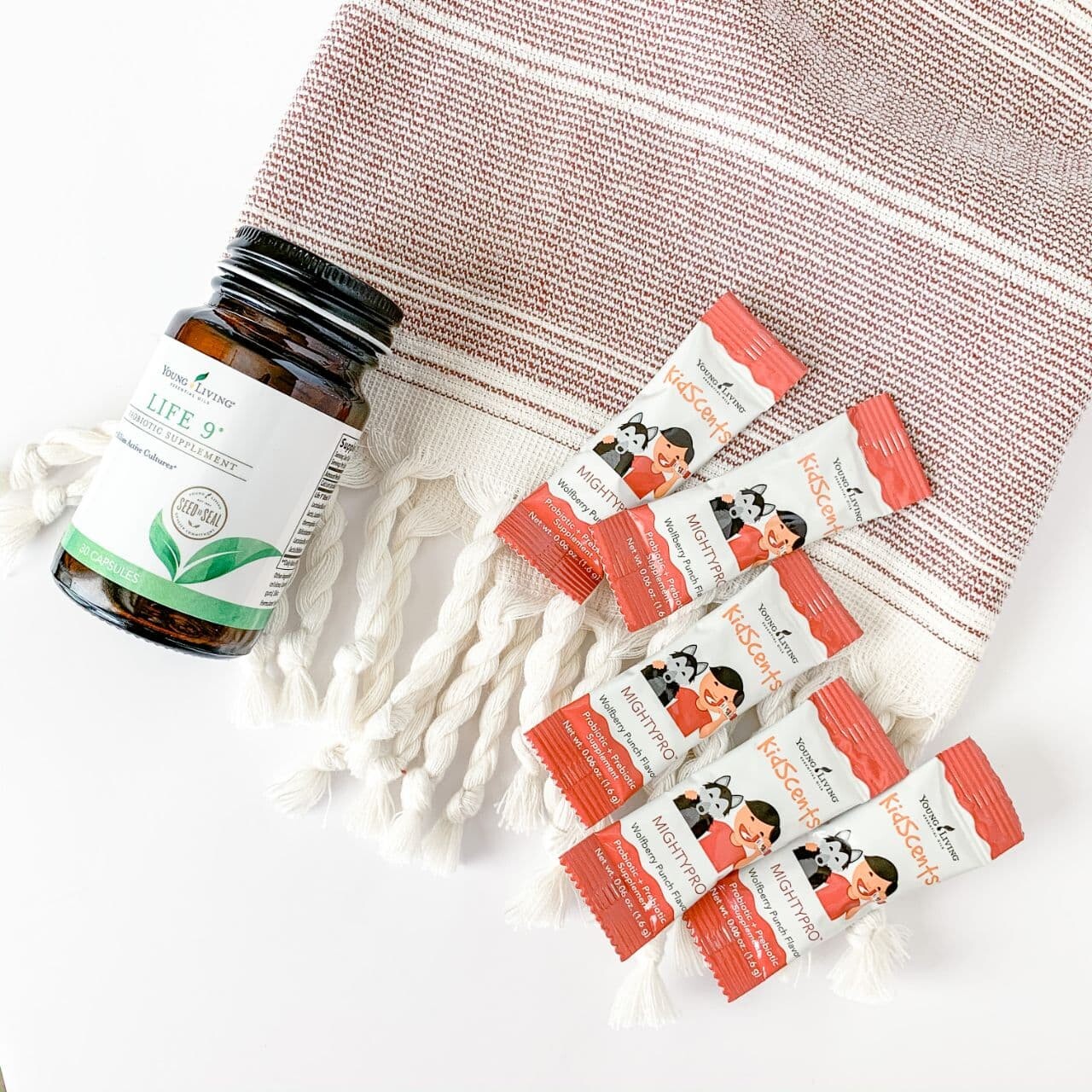
BONUS TIPS:
Change clothes after spending time outdoors
Avoid wearing shoes indoors
Keep those diffusers running to purify the air, lungs + sinuses!
SOURCES:
1. Rebecca Sutton, PhD, a senior scientist at the Environmental Working Group (EWG)
2. "The Primary Law Responsible For Ensuring Chemicals Are Safe—The Toxic Substances Control Act (TSCA)—Was Passed In 1976 And Has Never Been Updated. The law is so weak that the U.S. Environmental Protection Agency (EPA) has only been able to require testing on less than 2% of the more than 80,000 chemicals that have been on the market at some point since TSCA was adopted.": https://www.epa.gov/enforcement/toxic-substances-control-act-tsca-and-federal-facilities
3. FPINVA, “Fragrances by Design: Materials that quickly get into the air.” Fragranced Products Information Network: www.fpinva.org
4. Neurotoxins at Home and In The Workplace (Report 99-827) Committee on Science & Technology Sept. 16, 1986.
4. Respiratory Toxicity of Fabric Softener Emissions: https://www.ncbi.nlm.nih.gov/pubmed/10872633
5. Healthy Gut May Resist Allergies + Asthma: https://www.webmd.com/allergies/news/20041223/healthy-gut-may-resist-allergies-asthma
6. Natural Remedies for Seasonal Allergies: https://health.clevelandclinic.org/natural-remedies-for-seasonal-allergies/
7. Treatment of Allergic Rhinitis with Probiotics: https://www.ncbi.nlm.nih.gov/pmc/articles/PMC3784923/
